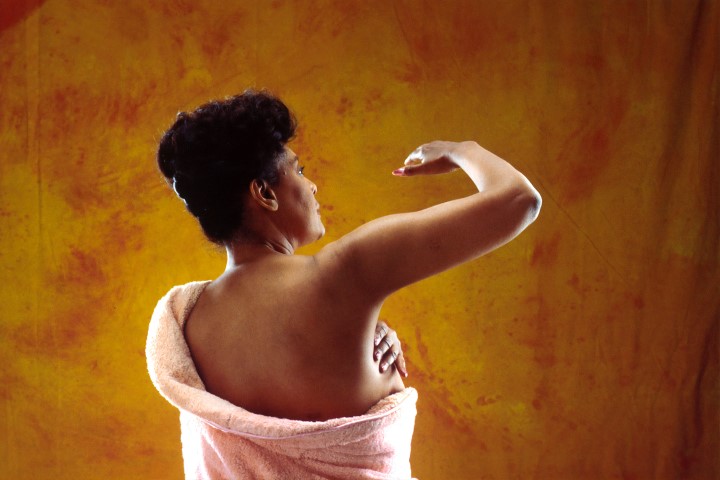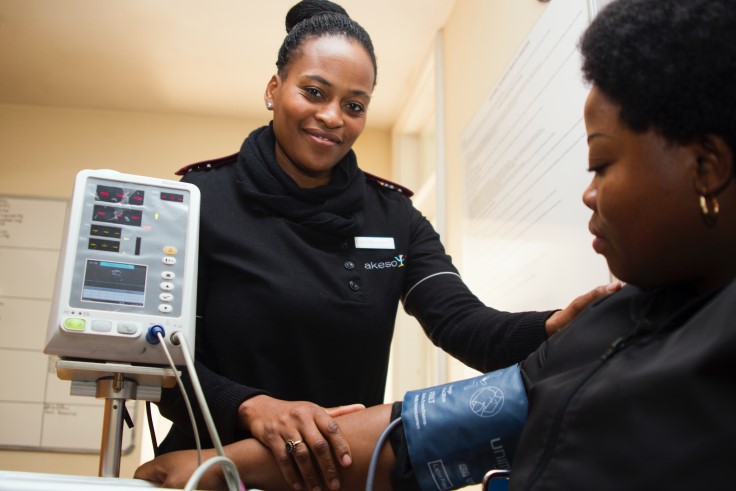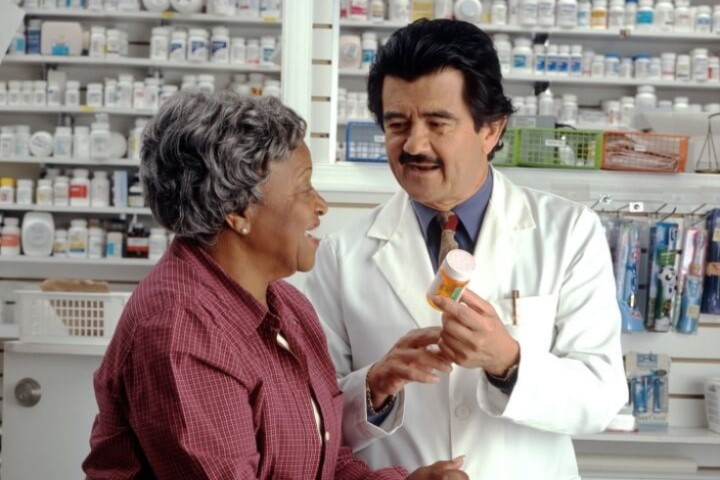BCAM is an annual international health campaign organized by major breast cancer charities every October to increase awareness of the disease and to raise funds for research into its cause, prevention, diagnosis, treatment and cure.
Breast cancer is one of the most common cancers in the world – 1 in 8 women develop the disease at some stage in their lifetime.
How does breast cancer develop?
Breasts are made up of fatty connective tissue, milk-producing glands and ducts that carry milk from the glands to the nipple. Breast tissue naturally develops in response to hormones at different stages of life – for example, during puberty, pregnancy and breastfeeding.
Breast cancers almost always develop in the glands or ducts that produce milk and carry it to the nipple. Cancers develop as a result of cells being damaged, which then grow uncontrollably, forming a lump or thickening called a tumour.
There are many different reasons why breast cancers develop, and hormones (particularly oestrogen) can influence the development and growth of some breast cancers. This means that life events that affect your hormone levels, such as pregnancy, can alter your cancer risk.
There are also other important risk factors that you can do something about, such as your diet and lifestyle choices.
Who is most at risk of breast cancer?
As with all cancers, the risk of developing breast cancer depends on a number of factors and varies from person to person.
Lifestyle risk factors
- Drinking alcohol
- Being overweight or obese (for post-menopausal breast cancer only)
- Adult weight gain
- Not doing enough physical activity
- Not breastfeeding when you have a baby
Other risk factors
- Age – your risk increases as you get older
- Greater weight at birth (pre-menopausal breast cancer only)
- Height – taller women are at greater risk
- Starting your period early (before age 12)
- Going through menopause late (over age 55)
- Not having children, or having a first pregnancy over the age of 30
- Family history – particularly if a close relative was diagnosed before the age of 50. If you are concerned about this, we recommend you speak to your doctor
- Taking combined hormone replacement therapy (the evidence is less clear for oestrogen-only HRT) – risk slightly increases the longer you take HRT, but decreases gradually once you stop
- Taking the oral contraceptive pill (the evidence is less clear for the mini pill) – risk slightly increases when you take the pill, but slowly returns to normal after you stop
How should I check my breasts?
There’s no right or wrong way to check your breasts. But it’s important to know how your breasts usually look and feel. That way, you can spot any changes quickly and report them to your Doctor
Be breast aware
Every woman’s breasts is different in terms of size, shape and consistency. It’s also possible for one breast to be larger than the other. Get used to how your breasts feel at different times of the month. This can change during your menstrual cycle. For example, some women have tender and lumpy breasts, especially near the armpit, around the time of their period.
After the menopause, normal breasts feel softer, less firm and not as lumpy.
5-point plan for being breast aware:
- know what’s normal for you
- look at your breasts and feel them
- know what changes to look for
- report any changes to a GP without delay
- attend routine screening if you’re aged 50 to 70
Look at your breasts and feel each breast and armpit, and up to your collarbone. You may find it easiest to do this in the shower or bath, by running a soapy hand over each breast and up under each armpit.
You can also look at your breasts in the mirror. Look with your arms by your side and also with them raised
Breast changes to look out for
See a Doctor if you notice any of the following changes:
- a change in the size, outline or shape of your breast
- a change in the look or feel of the skin on your breast, such as puckering or dimpling, a rash or redness
- a new lump, swelling, thickening or bumpy area in one breast or armpit that was not there before
- a discharge of fluid from either of your nipples.
- any change in nipple position, such as your nipple being pulled in or pointing differently
- a rash (like eczema), crusting, scaly or itchy skin or redness on or around your nipple
- any discomfort or pain in one breast, particularly if it’s a new pain and does not go away (although pain is only a symptom of breast cancer in rare cases)
If you feel a lump in your breast, you should always get it checked by a Doctor. Most breast lumps are harmless, but some can be serious.
Self breast examination video link: https://www.youtube.com/watch?v=TTmp-uw8mLo
Dr Oluwatoyin A. Fasesan
Consultant Psychiatrist
Babcock University Teaching Hospial, Ilishan Remo, Ogun State, Nigeria
Email: fasesano@babcock.edu.ng
https://www.wcrf.org/
https://en.wikipedia.org/
https://www.nhs.uk/




